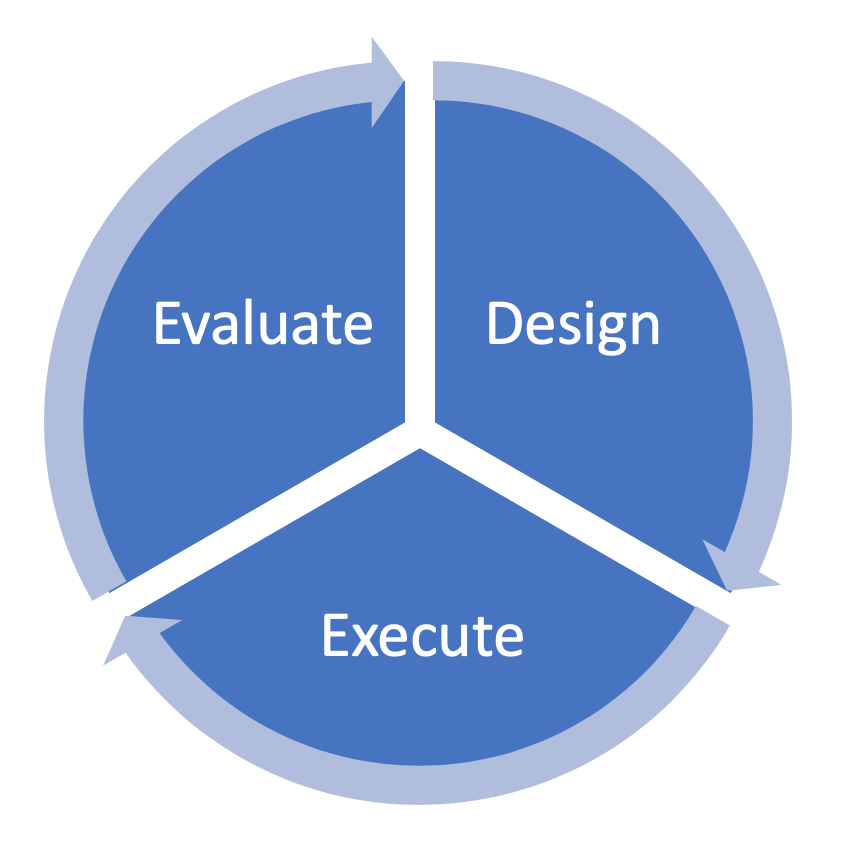Great Leaders Think Big & Play Big* – Part One
Our clients, who are committed to living in an Abundance Mindset of “Think Big, Play Big”, have a unique set of leadership practices that demonstrate they are in this mindset. Here’s what we notice they do:
First – Think Big
They have a clear vision of future possibilities that they are focused on making real.
Second – Play Big
This clarity of their action plan to make their vision a reality separates the real leaders from the pretenders.
They have a built a High-Performing Culture that allows their team to deliver consistent, repeatable and reliable outcomes to those whom they choose to service because:
They live in clear agreements:
Examples of clear agreements would be how new staff and clients are brought onboard, effective meetings are run, decisions are made, real-time quality feedback is given, and performance of a project or an event, i.e. meeting, is debriefed to maximize learning and future growth.
They live in a system of accountability:
Components of a system of accountability in an organization are:
- Counting what is important, i.e. Where is time being allocated?
- Clear roles, responsibilities, and goals (KPIs)
- Clear weekly priorities
- Clear individual and organizational 90-day goals with action plans
- Clear understanding of and accountability to the annual operating plan
- Being and holding each other accountable for commitments, priorities, and promises
They have strong support structures:
Examples of strong support structures are:
- Quality processes to executive business flawlessly
- Hiring the right people and supporting their development to be great performers
- Having a set of practices in the organization to support the culture and brand.
An example of a practice of one of our clients is they consistently celebrate on a weekly basis individual and team accomplishments large and small!
They have a shared understanding with the team:
A shared understanding is such that everyone:
- Knows the shared vision and the future of the organization
- Lives the culture through intentional conversations
- Knows how their role, responsibilities, and goals support bringing the vision to life
- Speaks and understands shared organizational language to support coordinating action with others with ease
When an organization lives in an Abundance Mindset there is a high degree of “Workability” throughout the organization to support their ability to deliver quality outcomes consistently.
A great example of an organization that lives the principles of an Abundance Mindset of “Think Big & Play Big” is Bridgewater Associates. To learn more, read their book entitled, “Principles”, by Ray Dalio, CEO Bridgewater Associates. It is a fascinating read about the commitment of a whole organization to live in an Abundance Mindset!
Leadership Challenge:
What is one component of an Abundance Mindset you will develop?
“If you want to go fast, go alone. If you want to go far, go together.” African Proverb
[1] Reference: Copyright – Alex Mandossian















